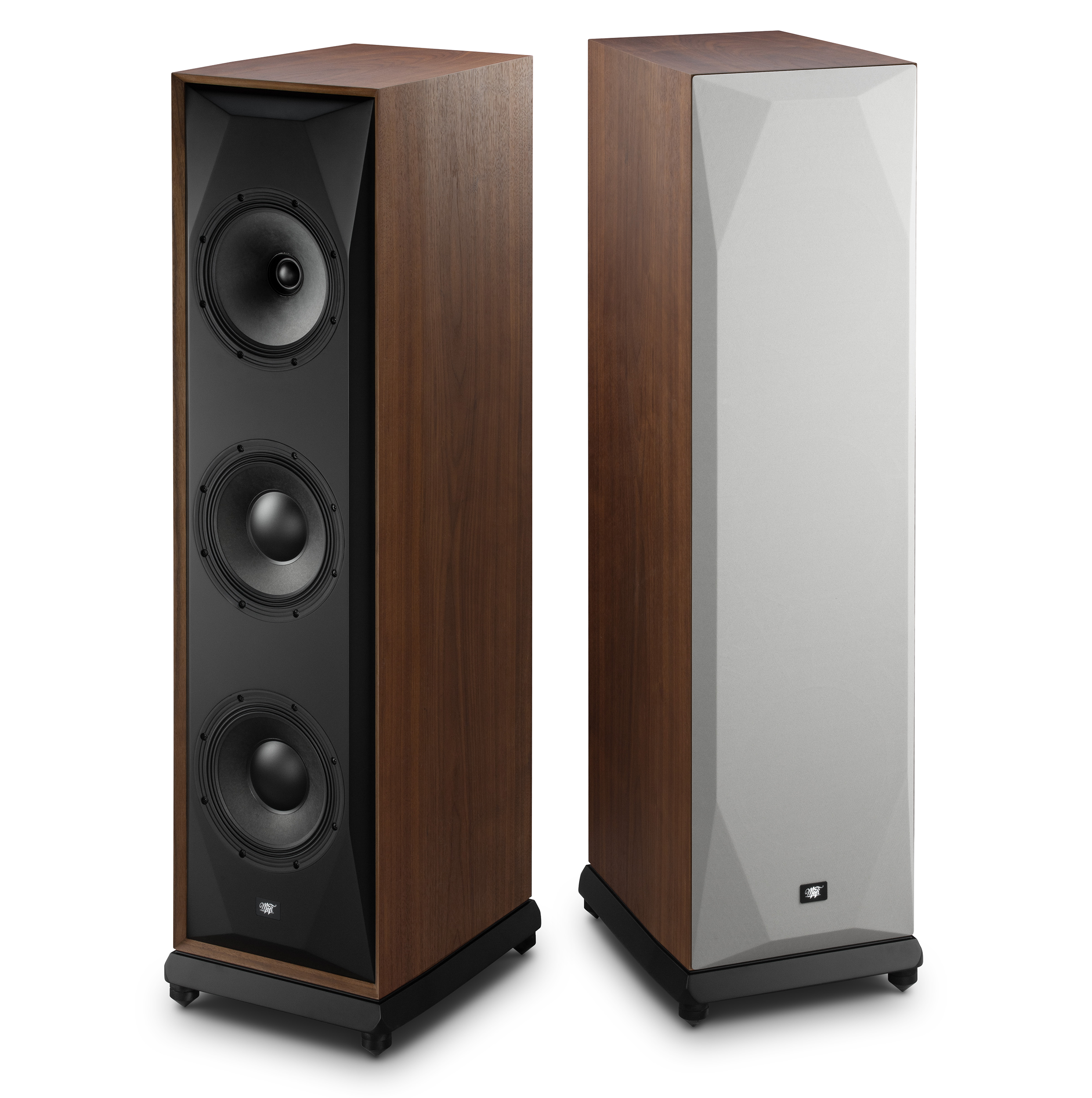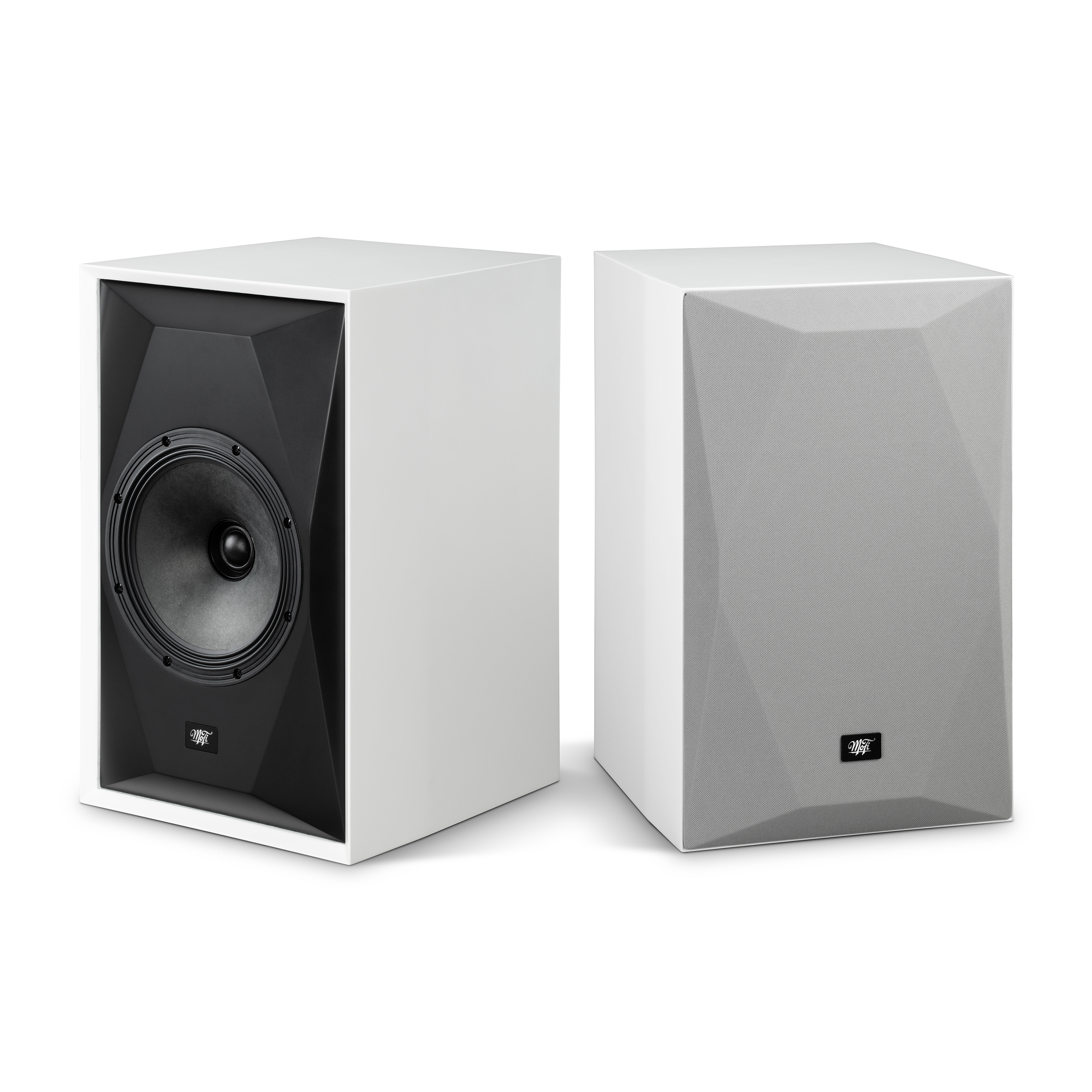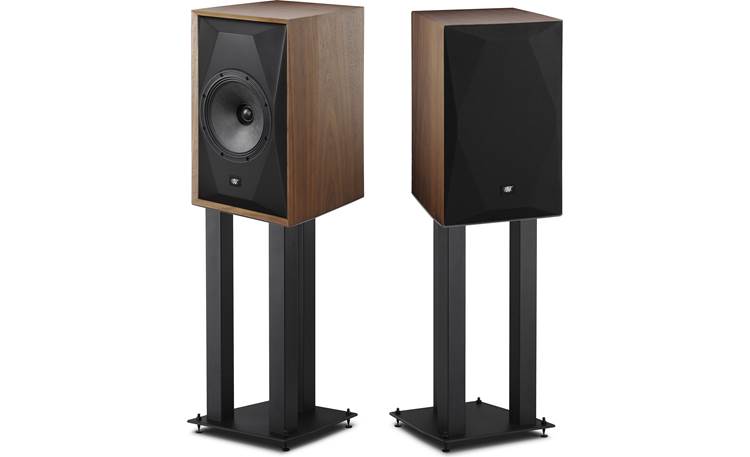The MD (multitone) plots show a noise floor. The noise floor is apparently the supposed acoustic noisefloor of the location the klippel is in. It has spikes and troughs (and a pretty poor resolution if you ask me). If it's not actually measured, it's computed (poorly). Why then are we seeing an 'acoustic' noisefloor rising ~30dB up to 20kHz? That is clearly not any normal noisefloor is it? Not even in a water jet cutting plant.
Why are we seeing THD spikes and troughs exactly where there are acoustic noise floor spikes and troughs? The measurement is either
THD (MD) or THD
with Noise. And, if it's THD
with Noise (THD+N) the plots are useless aren't they? Can't have it both ways.
And this one of the sourcepoint:
View attachment 335877
Look at the rise in the 'noise floor' and the way it manifests into the distortion plots. It's just not even close to a typical or even an atypical acoustic noisefloor which slopes the complete opposite direction.
The answer is that the
noise floor is a calculation of the noise intrinsic in the post-processed measurement, not of the room itself. In other words, it's been through a bunch of math.
*** Update: Maybe not
a bunch of math

Amir says below that the Klippel test here is likely just subtracting the distortion and noise measurements from a shaped fundamental signal, which is leading to the effects seen (rising HF noise floor and correlation between distortion and noise). The example below explains an analogous behavior when using a shaped signal to measure speaker impulse. ***
Let me give you an example. I wrote some code to extract the frequency response of a fake speaker. I simulated using a microphone with some intrinsic white noise to record a log frequency sweep of a virtual speaker (the speaker having some simulated wonky HF response I threw in). The code then uses deconvolution techniques to extract the impulse response of that speaker. (This being the standard approach.) The code also uses similar math on the noise signal to compute a
post-processed noise floor. The extracted speaker frequency response can be seen in orange, the computed noise floor in blue.
Note that the computed noise floor is rising in high frequencies even though the simulated microphone's simulated noise floor did not!
In this case the orange signal is well clear (10s of dBs) of the noise floor, and indeed the extracted speaker response is basically a perfect measure (of my imperfect simulated speaker). This is why the noise floor is shown--the basic idea is that if you're well clear of it you're getting a good measurement.
OK, I now simulated raising the noise floor quite a lot. You can see that the extracted speaker response curve in orange is now
close to the noise floor and is indeed being affected by it. This is an example of a bad measurement.
I haven't shown the answer to the part of your question that asks why the computed measurement noise floor in the Klippel system seems to have some correlation with the signal. That's an interesting question, but I the answer is almost surely that it's just an artifact of the complex processing math. Assuming the engineers at Klippel know what they are doing, we should be able to look at that computed noise floor, see it's 30dB+ away from the signal, and be assured that we're actually looking at a reasonable measure of actual distortion, not just noise.




